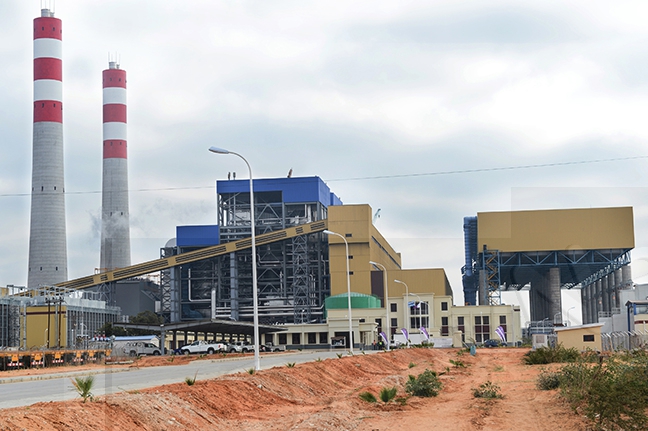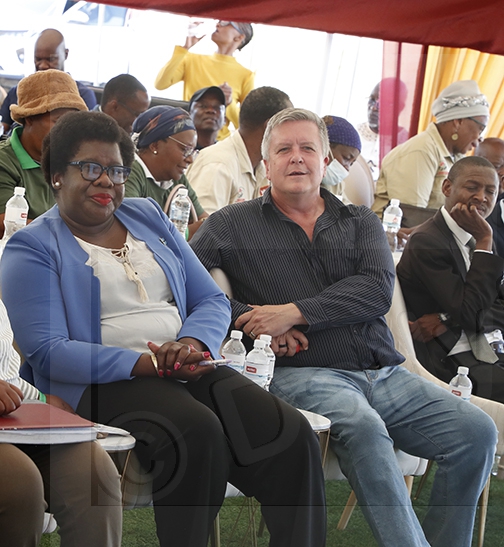Residents uncertain about lake Ngami
02 Sep 2020
Some residents of Sehithwa have expressed mixed feelings about the arrival of water at Lake Ngami.
The lake has received low levels of inflows as compared to the previous years and there is a lot of uncertainty on whether the water will last.
It was reported that currently, the water in the lake had covered an area of approximately 13 per cent, which translates to 35.6km² against 274km² of the lake area.
Some residents, who depend on the lake for survival, are happy that the annual inundation has finally arrived and that they will now venture into various economic activities such as fishing and molapo farming along the lake.
However, some have expressed disappointment that the level of water may bring the worst, leading to livestock getting stuck and dying in the mud.
The residents are still reeling from the effects of last year’s drying up of water sources, which left many communities, livestock and wildlife in a desperate situation.
Animals’ carcasses such as cattle, horses and hippos were found stuck in the mud at water sources, including the lake, due to the drought. In an interview,
Sehithwa Village Development Committee vice chairperson, Ms Maletelo Molatlhiwa said as much as they welcomed the inflow, they were also equally concerned that the lake might bring the worst case scenario they experienced last year.
It was reported that close to 10 000 cattle drink from the lake.
The lake, she said, attracted a lot of fishers from across the country, thus brought issues of waste management that led to water pollution.
Ms Molatlhiwa said she wished the lake could have not received the inflows as it was bringing misery to the villagers, adding that a lot of people from outside flocked the lake to set up fishing businesses at the expense of the locals.
However, she appreciated that the prestigious resource was not only crucial to the survival of communities, but also to different wildlife and plant species.
Mr Lwamong Pulamore, who is a farmer, also welcomed the inflows at the lake as they support both subsistence pastoral and arable farming.
He, however, questioned the sustainability of the water, stating that he anticipated that in the coming months, the level of the inflows would drop significantly, leaving the community and livestock in a dire situation.
Currently, he said livestock had started flocking to the lake despite the fact that the water level was very low and anticipated that they would experience the same scenario of animals being stuck and dying in the mud.
Mr Pulamore wished the lake could be perennial, as it was a source of income for the community, adding that when it dried, it equally affected the fishery industry and food supplement to the local communities.
Lake Ngami depends mostly on spills from Kunyere River and rarely from Thamalakane River, which joins at Toteng.
Mr Pulamore explained that Kunyere River was the most reliable source and this time around it has not received adequate annual inflows as expected.
Meanwhile, regional manager from Department of Water and Sanitation in Maun, Mr Keodumetse Keetile confirmed that the inflow into the lake was currently low as compared to the previous years.
He stated that the low water levels could be due to various hydrological factors that included high temperatures in the region, resulting in surface water loss through direct evaporation.
He warned that the drying of the lake may lead to livestock getting stuck and dying in the mud.
Farmers were also advised not to abandon the boreholes they were assisted with by government for watering their livestock.
Mr Keetile encouraged farmers to maintain the boreholes and ensure they were in good working conditions in preparation for the worst case scenario. Ends
Source : BOPA
Author : Esther Mmolai
Location : SEHITHWA
Event : INTERVIEWS
Date : 02 Sep 2020






